Has this ever happened to you?
You purchase some lumber at Menards. You drive your vehicle to the lumber area and park it. Then, an employee of Menards helps you load your truck. Actually, this scenario could happen at any store where you purchase larger items or appliances and then get help loading your vehicle.
But I’ll guess that what happened next to Vicki Blasing, did not happen to you.
Blasing stood near the rear passenger side of her pickup truck as a Menards employee attempted to load the lumber. Unfortunately, some of the lumber fell off and landed on Blasing’s foot.
She filed a personal injury lawsuit against Menard, Inc. and its insurance carrier, Zurich American. She alleged two causes of action against Menards. The first was common-law negligence, and the second was based on Menards’ alleged violations of Wisconsin’s Safe Place Statute.
Menards then tendered the defense and indemnification of the lawsuit back to Blasing’s own personal automobile insurance carrier, American Family Insurance. Menards argued that while their employee was loading Blasing’s truck he was, by definition in the policy, “using” her truck with permission. Both he and Menards would then be considered insureds under Blasing’s personal auto insurance, and therefore, American Family owes Menards a defense.
A majority of the Wisconsin Supreme Court agreed with Menards in an opinion where the words “absurd” and “anomaly” appear frequently. However, this decision is actually consistent with prior cases that addressed what constitutes “use” in an automobile liability policy. This case was sent back to the lower court to proceed on the merits. The issue of whether American Family or Zurich Insurance will provide primary coverage to Menards will have to be worked out at a later date.
Three justices dissented from the Majority’s opinion. They argued that Blasing’s Safe Place Statute allegations involving Menards internal procedures, policies and facilities do not constitute “use” of an automobile.
So how can you avoid a legal mess like this? As it stands right now in Wisconsin, if a store’s employee is loading your vehicle, you should just stand back…way back…at a safe distance and let them load it.

 In an article by SFM (
In an article by SFM (
 One of the most stressful events you can face as a driver, a homeowner, or a business owner occurs when someone claims they were injured due to your negligent actions. This most often arises from
One of the most stressful events you can face as a driver, a homeowner, or a business owner occurs when someone claims they were injured due to your negligent actions. This most often arises from  Potentially impacting both your business and your personal insurance policies under liability and property coverages, there were 2 recent cases from different branches of the Wisconsin Court of Appeals that came to different conclusions on essentially the same set of facts.
Potentially impacting both your business and your personal insurance policies under liability and property coverages, there were 2 recent cases from different branches of the Wisconsin Court of Appeals that came to different conclusions on essentially the same set of facts.


